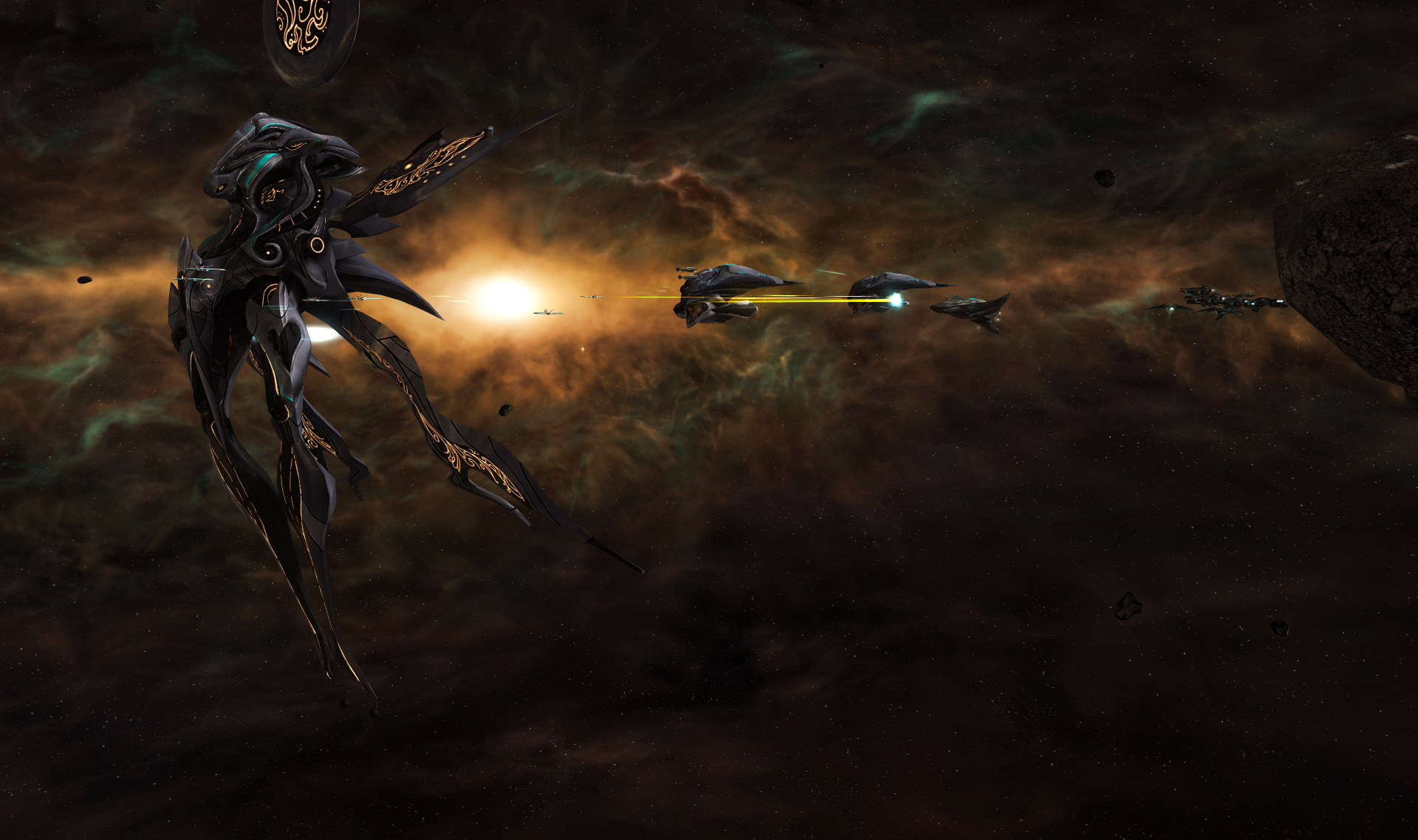

- SINS OF A SOLAR EMPIRE MAP DESIGNER MIN COUNT MOD
- SINS OF A SOLAR EMPIRE MAP DESIGNER MIN COUNT CODE
Most vanilla stars use 1 for some reason, so that's what I did here. Again, for the central star, this doesn't matter so you can use any old number.
SINS OF A SOLAR EMPIRE MAP DESIGNER MIN COUNT MOD
"type" refers to either a rocky, icy, or crystal asteroid belt, plus any others that one might mod into the game. "asteroid_belt" adds an asteroid belt at a certain distance from the center of the system - not necessarily from the sun! We'll get to that later.You can use a specific class such as sc_b, or a random list such as rl_standard_stars, which chooses a random one based on the spawn_odds in each star's code. "class" is, of course, the star class.No need for localisation this time the name the player will see is right there below it (in this case, "My System").
SINS OF A SOLAR EMPIRE MAP DESIGNER MIN COUNT CODE
"my_system_initializer" is, again, the name the game code uses to identify this system.All vanilla solar systems use 10 by default. It's not strictly needed, but can be useful if you want to play around with moon orbit distances en masse rather than one at a time. is a variable that can be set in each solar system initializer file.Initializer = "sol_neighbor_t1_first_colony"Īs before, let's go over each element one by = 10 Here's an example of a binary system that can be found in 00_star_classes: Information about modding individual stars can be found here.Īdding new star classes Note that "stars" and "star classes" are two different things: individual stars are considered the same as planets in the game code, and are found in common/planet_classes, while star classes refer to the classification of a solar system as a whole and will determine lighting, the system's icon in the galaxy map, and number of individual stars in a solar system. If you want to create one from scratch, create a new file and place it in that folder. Star classes can be found in common/star_classes. Stellaris appears to create the game map first using the \map files to create coordinates for the stars on the galaxy map, and then use the \star_classes file to pick what star class is at each coordinate, and then finalize the system with additional contents (planets, moons, asteroid belts) from the \system initializer files and \planet_classes files.


 0 kommentar(er)
0 kommentar(er)
